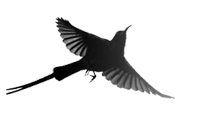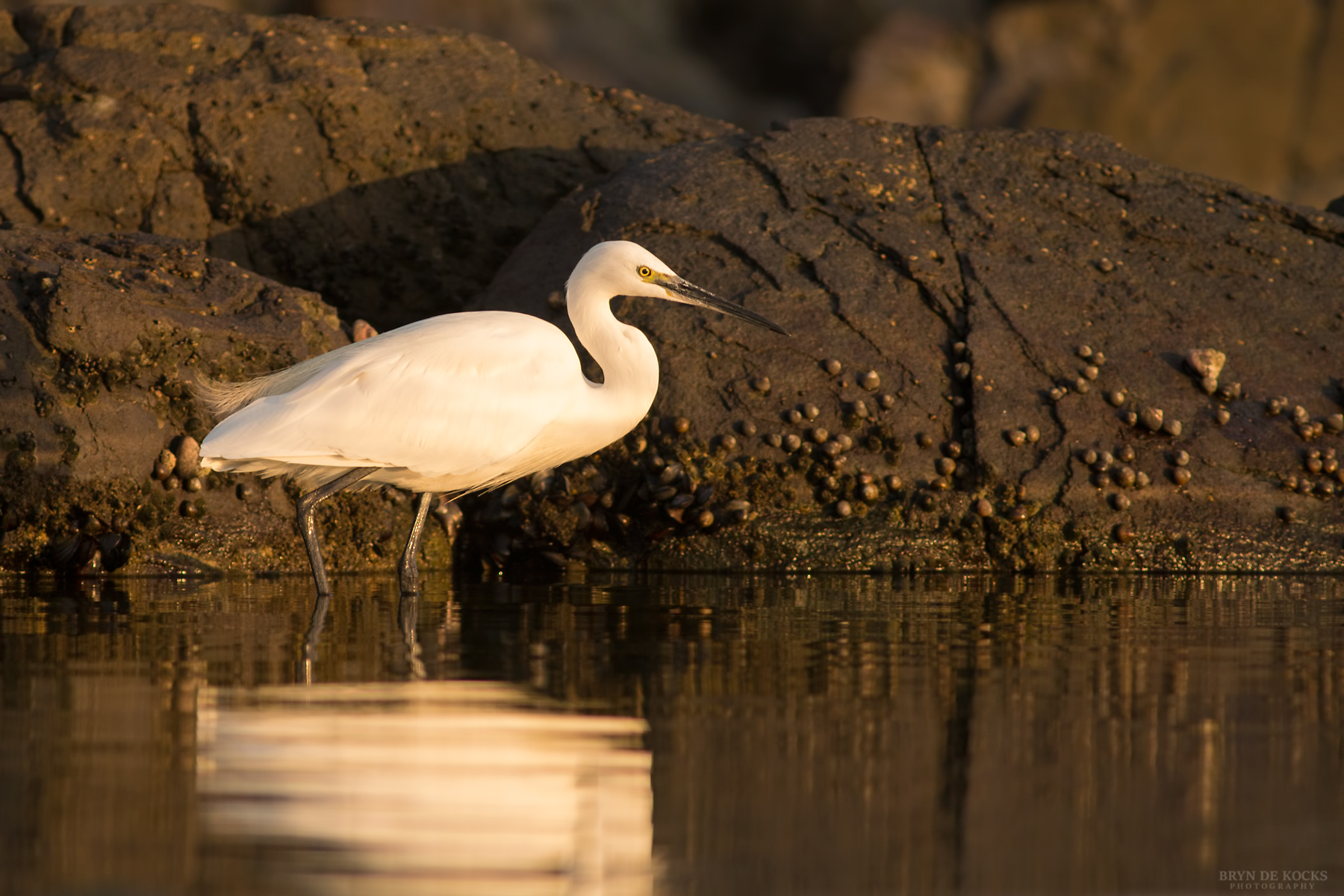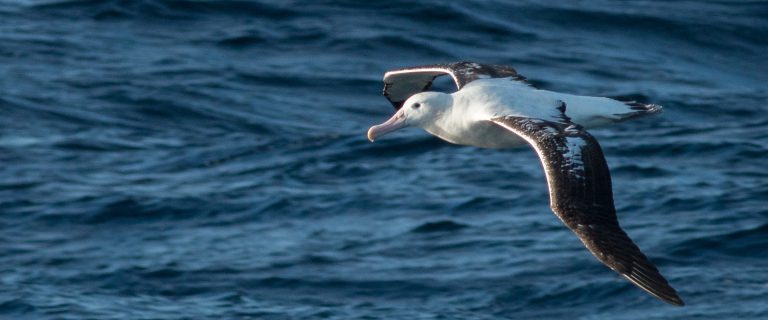Road to 300 – Cloud Cisticola
Birding for me started out of my interest in photography, but soon became more closely tied to my interest in collecting things, especially rare items. The fact that birding allowed me to achieve two of my favourite hobbies at the same time was great. With time, the interest grew and became deeper with more focus being put on the bird itself and less being solely on my list. None the less, I have been meticulous in ticking every species I’ve seen and as of right now, I find myself chasing the milestone of a provincial 300 species. For most, I suppose the real list is the country list, but I simply cannot afford to leave the province and chase birds from all parts of South Africa. So instead, I have focused on my provincial list. I had always told myself that I would take the first 250-280 as they come. Yes, I would chase after rarities but in general I have been fairly laid back about what local species I can see.
My Existential Crisis
Recently my Western Cape list has taken me over the 280 mark and thus I have now begun to focus on specific species in order to get me over that 300 milestone. Why is 300 a big deal you may ask. Well it may sound a little weird, but the answer is quite simple… existential crisis. Allow me to elaborate. Some face the concept of death with ease, the idea of being here one day and gone the next is fine with them, others seek out religion to bring them peace when tackling the idea, while some look to start families to continue their legacy. Personally, I follow none of these mind states. Instead, I hope to leave some kind of mark on the world through my interests, to have my name continue on past my death. The birding ‘listing clubs’ offers me some reprieve in this, providing a way for me to ensure that when I die, that people in the next generation will skim through the list and see my name attributed to something that I have managed to accomplish.
The Road To 300
I’ve now decided that since I am currently on 289 species for the province, I will do a blog post for each of the remaining 11 species that I need to bring me to my sought after milestone. I’ll be targeting birds more heavily in these coming months and have a few trips lined up that should net me enough to pull me over the 300 mark by the end of April, maybe sooner. Hopefully people reading will find some form of entertainment, or perhaps at least enjoy the images as I go through this process.
Our Targets – Cloud Cisticola and Protea Seedeater
An early morning start, Monique and I recently went on a bit of a mission where I had targeted two species to tick. One being a Protea Seedeater and the other a Cloud Cisticola. Neither are particular rare birds by any means and the Cloud Cisticola is a very common species in the fields of the Cape Farms areas. Despite dozens of trips to these areas and having heard Cloud Cistola on numerous occasions, I had never had the sights to be able to confidently tick the bird so this seemed like an easy number to add. The Protea Seedeater however is a little different in that while it’s not rare, it can be quite a challenge to pick up, as I know from first hand experience.
Our first target was the Protea Seedeater and would be going to Paarl Nature Reserve to try and find it. On route we encountered a few raptors including Yellow Billed Kite, Jackal Buzzard, Steppe Buzzard and Booted Eagle.
Once arriving at the reserve, we spent little time down in the botanical garden and instead focused our efforts on the fynbos area. Signal is very hit and miss in the reserve, but I managed to grab a call sample from Xeno Canto while there, in an attempt to try and get a response from the elusive bird. We walked around for a couple of hours, with bird life being very minimal, only several Sunbirds (Lesser Double Collared and Malachite) and a lone Rufous-Chested Sparrowhawk which flew down into the botanical gardens below us.
A few other common birds included Cape Sugarbird, Fiscal Flycatcher, Cape Bunting and Cape Robin.
I had attempted to get this bird twice before, with identical results and I am a little perplexed by some of the results I see others getting out of the reserve. Although I would later discover that the reporting rates for Protea Seedeater in the reserve are very low at around 4%, so it’s not surprising we struggled.
We ended up leaving empty handed, despite numerous attempts to get even the smallest hint of the bird’s call from within the fynbos brush.
Onto The Next
We then headed to Klipheuwel near the Cape Farms area, located between Stellenbosch and Malmesbury.
Parking alongside the road, I walked to the farm fences and played a Cloud Cisticola call, and heard a few responses near instantaneously, though no visuals. I continued this practice, walking up and down the fence for about an hour, trying different locations, but still no visuals on the bird!

Eventually we moved a few kilometers further towards Malmesbury and stopped so that Monique could get photographs of a Large-Billed Lark that was on the fence pole. I decided that if I wanted to get the tick I may have to break a few rules in etiquette and head onto the farm land itself. Thankfully there was a large gate open and a track onto the farm land, so I walked in along the fringes of the farm trying to get the Cloud Cisticola to show, when as I was about to leave two birds pop up from the dry wheat in the distance. Cloud Cisticola! I was quite far away and the photos weren’t good at all, but enough of a record shot for me to tick it off and in turn have my 289th Western Cape bird in the bag!
We headed back with a 50% success rate, but I was extremely happy in being able to finally tick a species that had eluded me for 6 years.
The day was finished up at Strand Beach, where we got to watch some birds feeding as the sun set.












